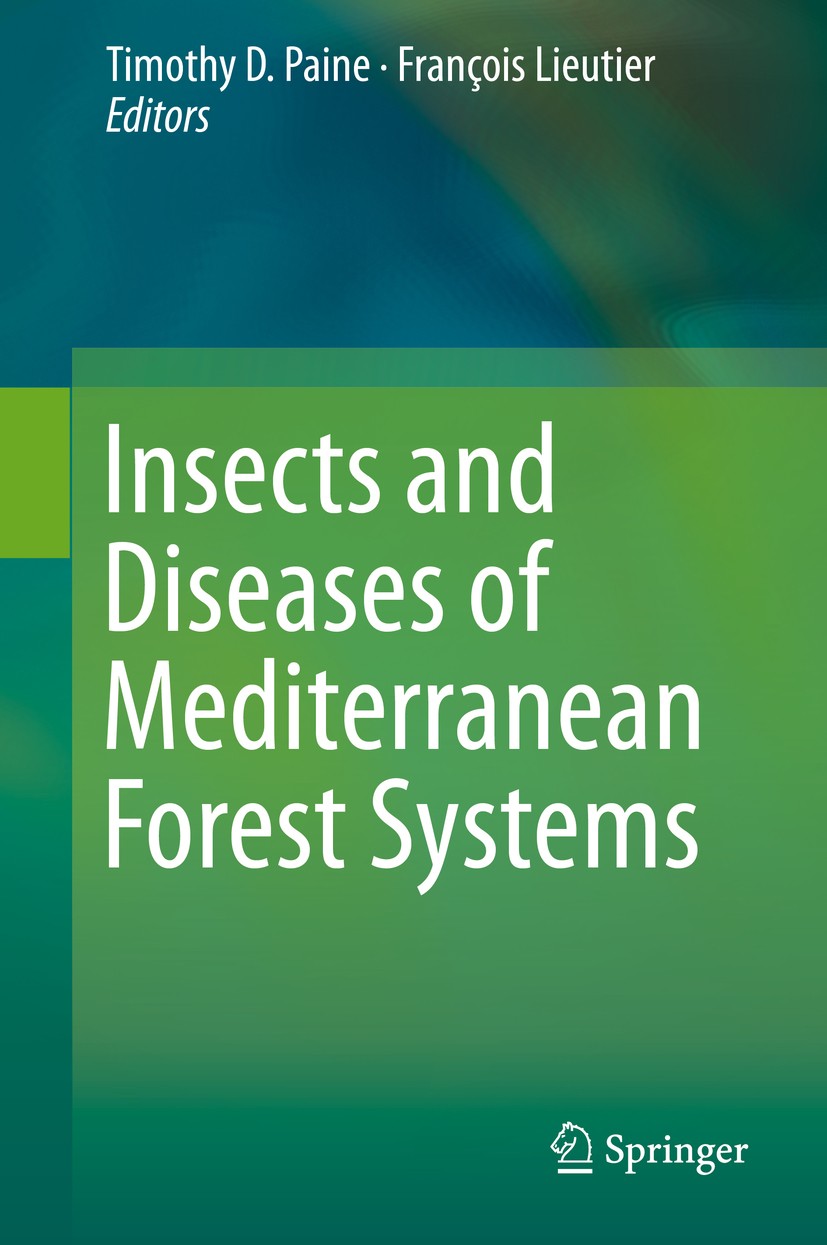| 书目名称 | Insects and Diseases of Mediterranean Forest Systems |
| 编辑 | Timothy D. Paine,Francois Lieutier |
| 视频video | http://file.papertrans.cn/468/467745/467745.mp4 |
| 概述 | Mediterranean forest systems are common to 5 continents but are also distinct from temperate forests. They share common features of climate and, consequently, the plant communities are analogous but u |
| 图书封面 |  |
| 描述 | .Insect and disease issues are often specific to the Mediterranean forest systems rather than shared with the temperate forests. In addition to the specific native insects and diseases, the forests are subject to the invasion of exotic species. The forests are also at risk from high degrees of human activity, including changing patterns of forest fires, land management activities, intensive plantation forestry using introduced timber species from other Mediterranean climate zones, and atmospheric deposition. Combined with elements of global climate change that may disproportionately affect Mediterranean climate systems, this creates a number of significant management issues that are unique to the Mediterranean forests. It is our goal that the information contained in this volume will contribute to understanding the unique aspects of Mediterranean forest systems and to protecting these critical resources.. |
| 出版日期 | Book 2016 |
| 关键词 | Mediterranean ecosystems; forest entomology; forest pathology; invasive species; plantation forests; Fore |
| 版次 | 1 |
| doi | https://doi.org/10.1007/978-3-319-24744-1 |
| isbn_softcover | 978-3-319-79671-0 |
| isbn_ebook | 978-3-319-24744-1 |
| copyright | Springer International Publishing Switzerland 2016 |
 |Archiver|手机版|小黑屋|
派博传思国际
( 京公网安备110108008328)
GMT+8, 2025-11-21 12:00
|Archiver|手机版|小黑屋|
派博传思国际
( 京公网安备110108008328)
GMT+8, 2025-11-21 12:00


